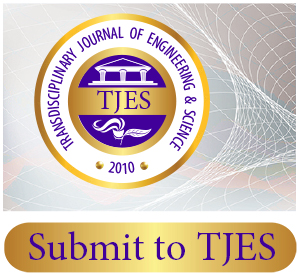Understanding the Reliability of the Complex System Having Two Standby Units: A Transdisciplinary Approach
Abstract
The main objective of this study is to thoroughly investigate the reliability of a complex system that consists of four components and two standby units. The complicated system is modeled using the Markov technique. The study formulates differential equations and solves them using a matrix method with the assistance of a computer program. Statistical methods, such as correlation and regression, are applied using SPSS software to understand the relationship between time and the reliability of this complex system. A statistical model is utilized to determine the system's reliability, identify potentially faulty components, and prioritize the protection of the most critical elements. The presentation of significant findings involves conducting a comprehensive analysis using tables and graphs created with Python programming language. The outcomes of this study aim to assist in identifying crucial units in various process industries, thereby facilitating the establishment of effective management policies and strategies for the optimal operation of complex and large-scale systems in the industry. This paper incorporates numerous disciplines, viewpoints, and methodologies to examine and enhance reliability in process industries. Reliability can indeed benefit from a matrix approach, which can be considered transdisciplinary. This study serves as both an introductory guide to reliability analysis for novice researchers and a survey highlighting the latest advancements in the field for experienced researchers.


